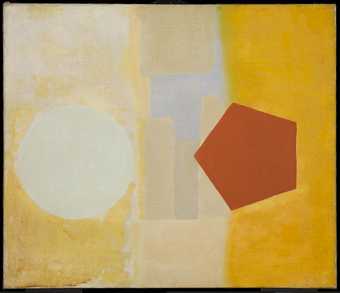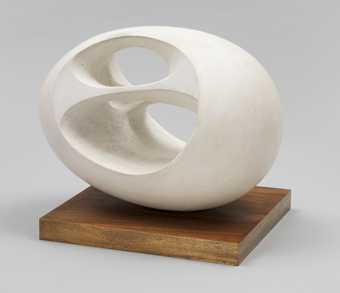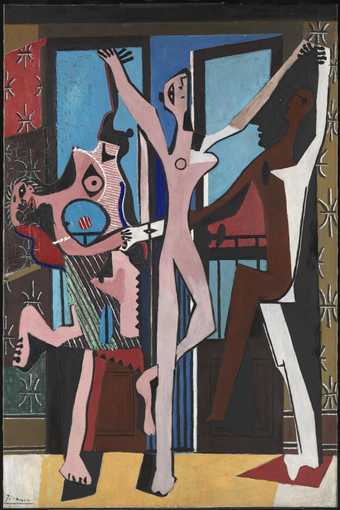Free Display
Start Display
This display introduces you to some of the best-loved artworks in the Tate collection
This display introduces you to some of the best-loved artworks in the Tate collection. Linked by themes such as colour, these rooms with highlight artworks from a range of countries, cultures and times.
2 rooms in Start Display
Highlights

Fahrelnissa Zeid
Untitled
c.1950s
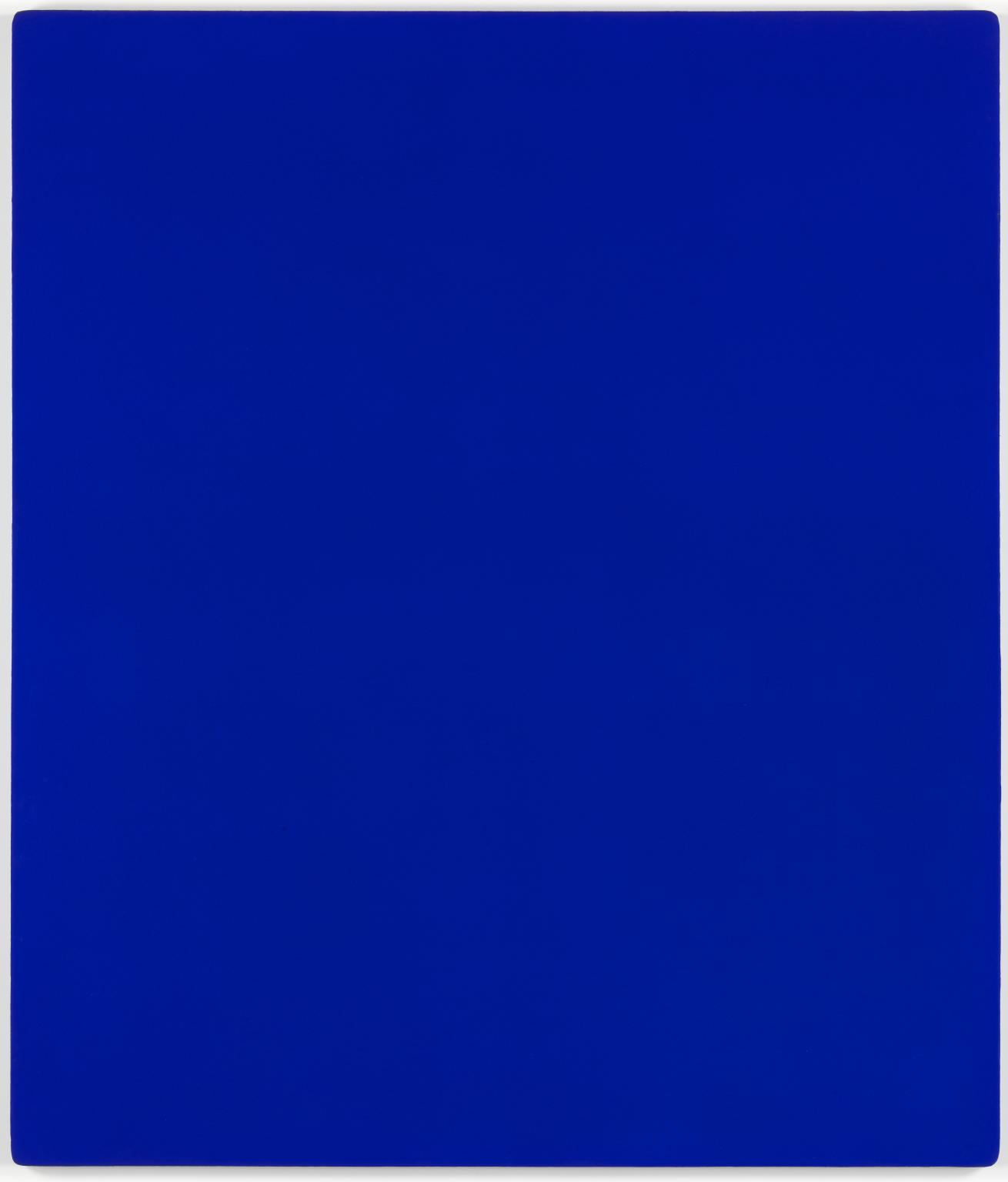
Yves Klein
IKB 79
1959
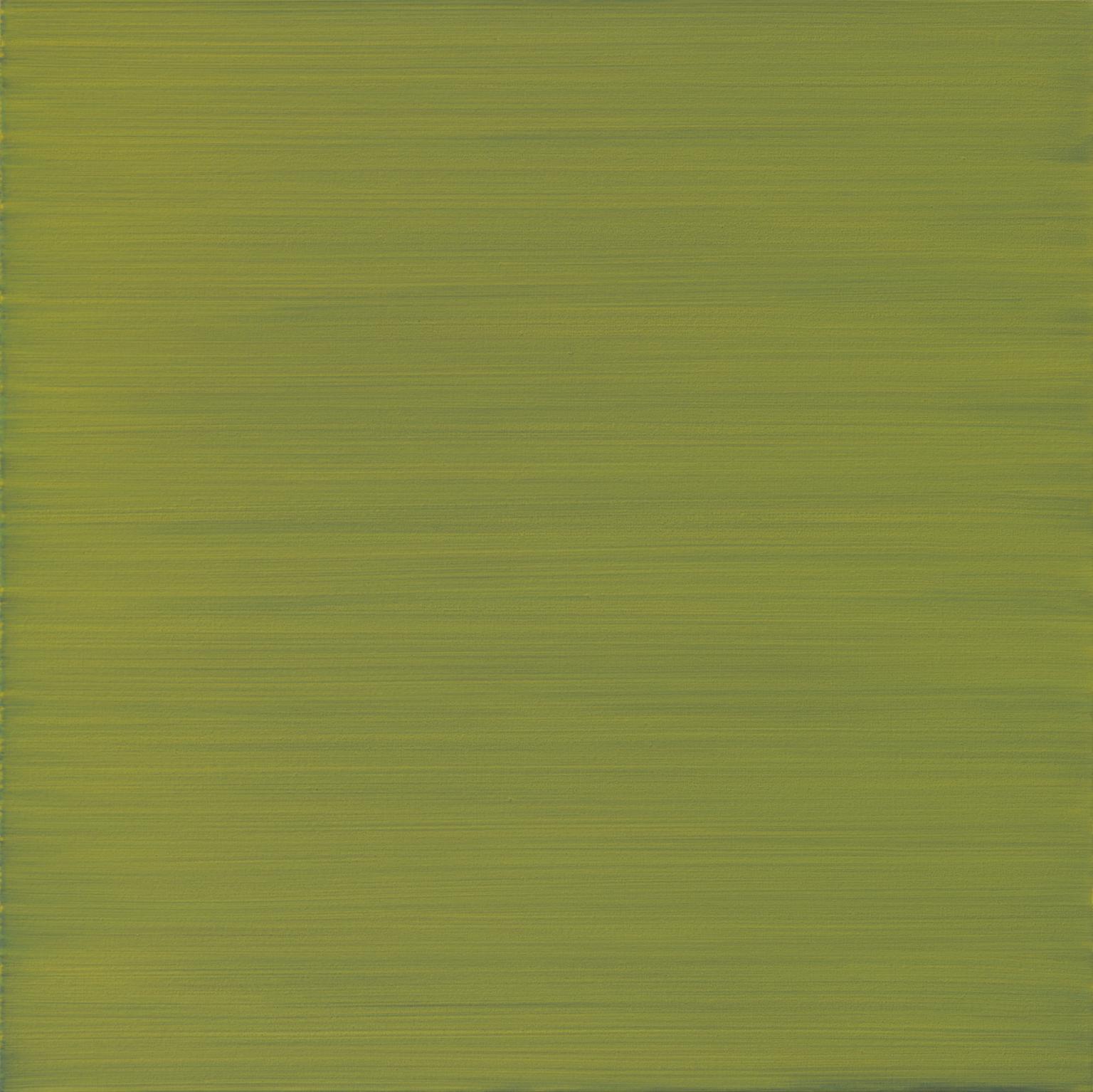
Maria Lalic
History Painting 8 Egyptian. Orpiment
1995
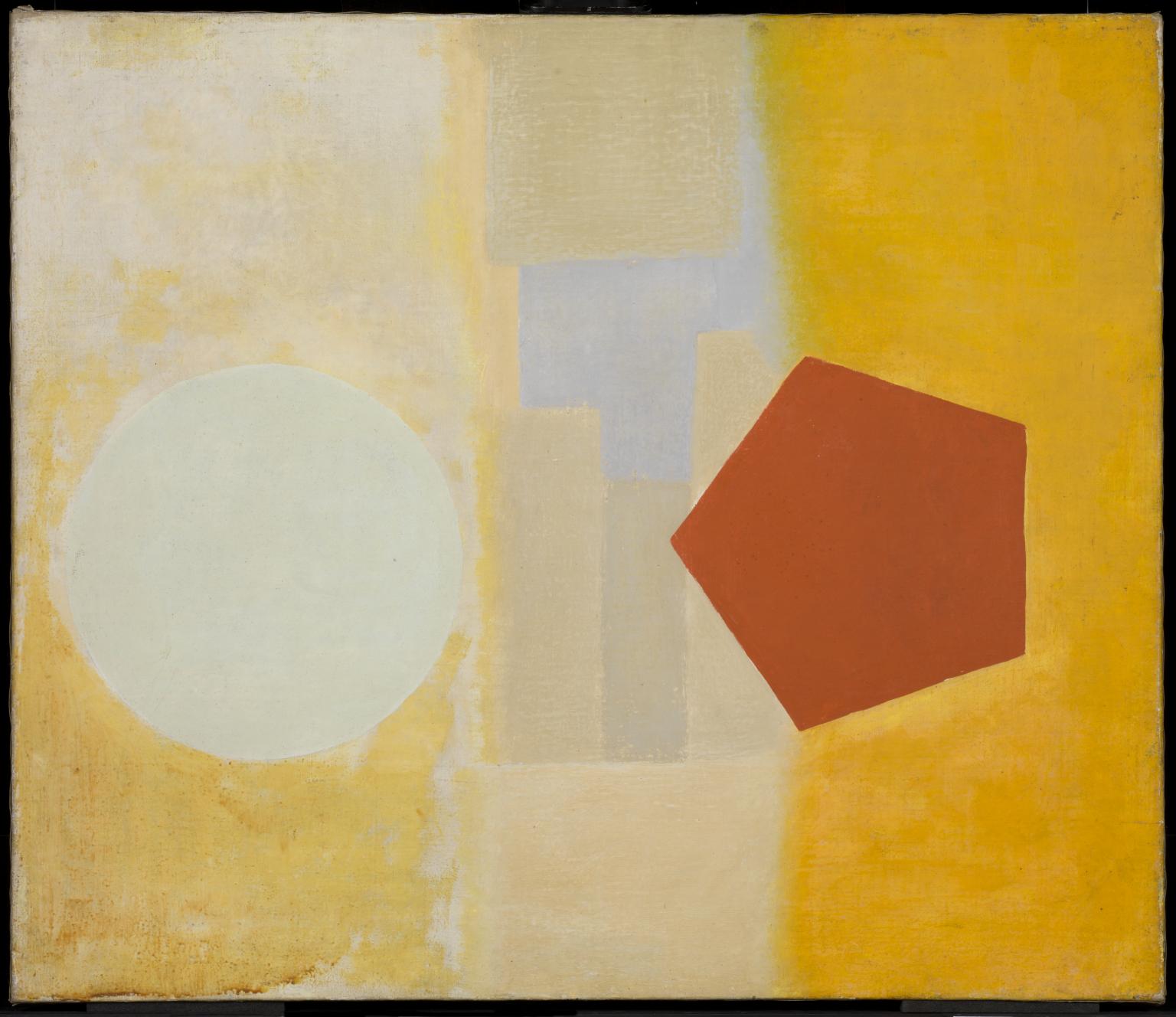
Winifred Nicholson
Moonlight and Lamplight
1937
We recommend
-
Audio Highlight Tour: Natalie Bell Level 2
Listen to artists, curators and conservators talk about key artworks in Tate Modern
-
Audio Description Tour: Tate Modern
Listen to audio descriptions about key artworks from our collection, for visually impaired visitors

